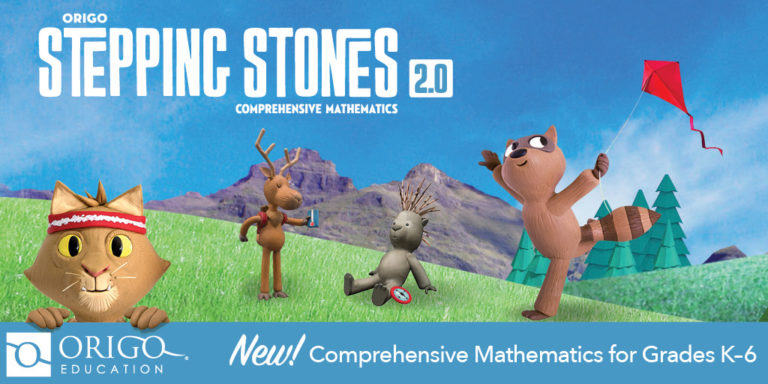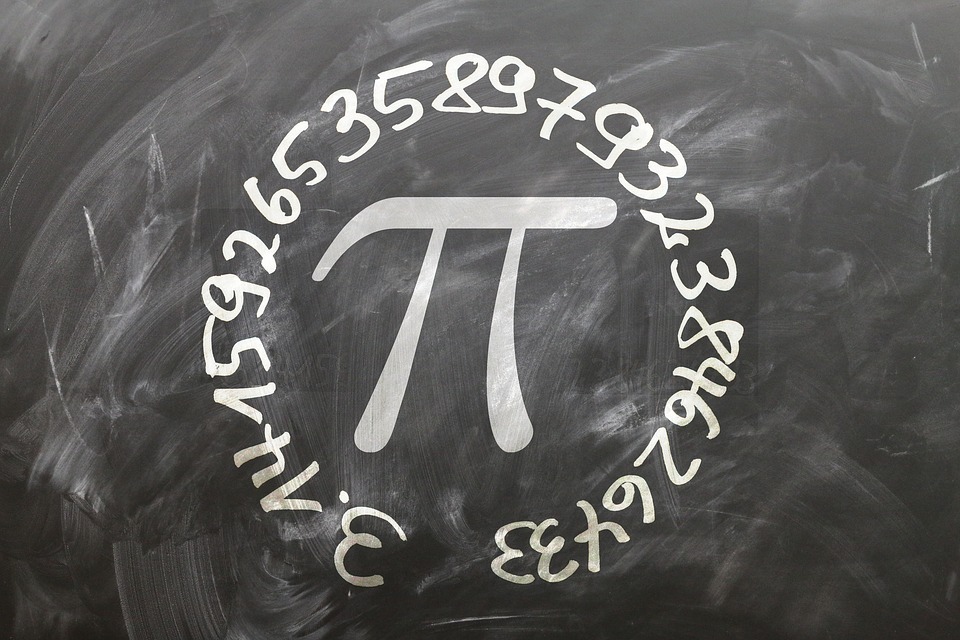Sophia Birk, a digital nomad currently living in Poland, is an international member of the AATT team of educators and a math aficionado. Here are her thoughts on navigating key topics in GCSE Maths:
From Fractions to Functions: Navigating Key Topics in GCSE Maths
The General Certificate of Secondary Education (GCSE) exams are a major ordeal for students and teachers. For our learners, the issue revolves around earning the best marks – the highest grades. For teachers, preparing students for GCSE success is the greatest concern.
Maths is one of two compulsory GCSE subjects. It’s also a life skill that, woefully, far too few are well-versed in, according to statistics. Maths teachers aim to ensure learners leave school with well-developed numeracy capabilities. The GCSE exam certifies their efforts.
These papers test students over everything they learned in maths classes, from primary school through secondary education. Thus, pupils have much to revise ahead of their exams. This article presents the six key topics that feature on the exam, and what each topic covers.
Numbers
Maths curriculum is linear, meaning that each new topic builds on previously-learnt skills. Numbers represents the most fundamental maths concepts from students’ earliest days in primary school. Still, we mustn’t conclude that learners need no refresher to excel at numbers.
The order of operations – BODMAS, in the United Kingdom, lies at the root of Numbers skills. With BODMAS mastered, students can solve fractions and decimal problems.
In this article’s introduction, you read that maths is a life skill. The Maths GCSE reinforces that idea by presenting students with several contextual questions. Those include paying household bills, calculating wages, and comparison shopping to determine the best bargains.
Structure and calculation questions make up the lion’s share of this topic’s questions. Estimating and rounding, factoring, indices and products of primes appear frequently.
Algebra
Like Numbers, the Algebra curriculum provides students with a ‘toolkit’ to master this topic. This ‘algebra toolkit’ consists of simplifying, expanding, factorising and the law of indices. These ‘tools’ or skills allow students to solve inequalities and linear equations – two predominant questions on the Maths GCSE exam.
Reviews of past exam performance reveals that students have trouble connecting algebra concepts. For instance, the relationship between graphs and parallel lines, and how equations and graphs relate.
Thus, teachers should emphasise algebra fluency, rather than dwelling on problem-solving. Addressing procedural problems, particularly those that include sequences and functions – and all graphing questions, will help students perform better in this topic.
Ratios, Proportions, and Rates of Change
This topic is rich in contextual questions. Students may have to convert measurements, calculate the ratio of butter to flour in a recipe, or determine the proportion of water to concentrate to make a sauce. Indeed, measure, ratio and proportion questions feature most often on these exam papers.
To earn the highest marks, students must have a firm grasp on fraction and decimal calculations. Exam questions often involve values for speed, distance, and time. Compound measure calculation, critical thinking and problem-solving skills are vital for success when addressing this topic.
Geometry and Measure
Many of the questions for this Maths GCSE topic involve shape problems. Students should apply compound measures to solve these questions. An example of such might include calculating a shape’s density and volume, with the given variables.
Standard geometry questions dominate, such as perimeter and area calculations. Students will also find problems testing their knowledge of angles and their properties, as well as transformations and scale drawings.
As with all the other topics, geometry questions are contextual. For instance, calculating how much it would cost to build a fence to mark a boundary. Students will also find problems relating to area or volume, for which they must calculate density and/or pressure.
Probability
As you might have noted, these topics grow increasingly complex. Still, students may be relieved to know that their exam papers feature fewer questions over difficult concepts. Besides, these challenges are more general in nature. They seldom dive deep into probability standards.
Test takers can expect lots of questions revolving around Venn diagrams and frequency trees. Single-event probability, mutually exclusive events and listing outcomes rely on procedural skills. These questions are not contextual.
Refreshers for this topic should cover fraction and ratio calculations. Focus especially on listing outcomes, frequency trees and Venn diagrams, as these concepts comprise most of the questions.
Statistics
Finally, we arrive at the last – and the most advanced maths topic to feature on this exam. Students dread these questions, despite there being relatively few of them. And, despite these challenges being procedural, rather than substantive or contextual.
Learners are generally not tasked with processing data. Instead, they interpret and/or critique given representations. However, they will likely still have to draw charts and/or graphs as a part of their answers.
Test takers should be well-versed in estimating the mean, as well as interpreting various graphs (bivariate data scatter graphs, e.g.). Beyond training in these statistics-related skills, building procedural fluency is the recipe for success.
As noted throughout this article, numeracy skills and standard procedure fluency are vital. Students may feel frustrated at the constant return to essential maths concepts. However, repeated drills in factorising, standardising, expanding, and using formulae will benefit thse test takers.
Of course, presenting maths challenges creatively reduces students’ boredom with their subject material. Because roughly half of the exam’s questions present as real-life situations, teachers have lots of latitude in how they can lead pupils’ revision. Instructors can increase student engagement with group work on managing household finances, organising shopping trips and planning menus, for example.
Many teachers offer GCSE Maths tuition after classes and on weekends. Such one-to-one or small-group lessons give teachers even more flexibility to engage their students. They might role-play situations, or use different media – music and video, to help reinforce maths concepts. These sessions are perfect for strengthening numeracy and procedural maths skills.
Bio:
Sophia Birk is a digital nomad currently living in Poland. She started this chapter of her professional life when WordPress only offered the Classic Editor. Before that, she taught in Wuhan, China for several years.
–image credit to Deposit Photo
Here’s the sign-up link if the image above doesn’t work:
https://forms.aweber.com/form/07/1910174607.htm
“The content presented in this blog are the result of creative imagination and not intended for use, reproduction, or incorporation into any artificial intelligence training or machine learning systems without prior written consent from the author.”
Jacqui Murray has been teaching K-18 technology for 30 years. She is the editor/author of over a hundred tech ed resources including a K-12 technology curriculum, K-8 keyboard curriculum, K-8 Digital Citizenship curriculum. She is an adjunct professor in tech ed, Master Teacher, webmaster for four blogs, freelance journalist on tech ed topics, contributor to NEA Today, and author of the tech thrillers, To Hunt a Sub and Twenty-four Days. You can find her resources at Structured Learning.






































